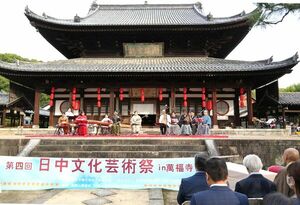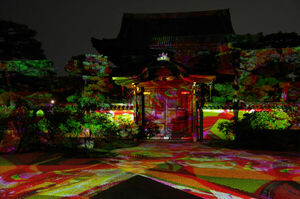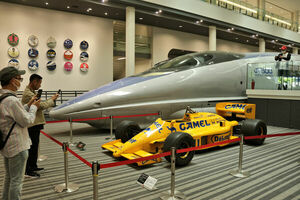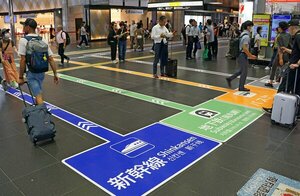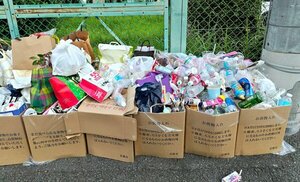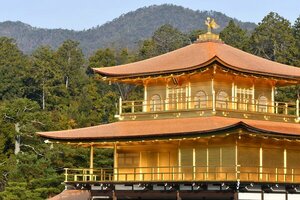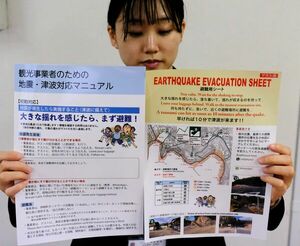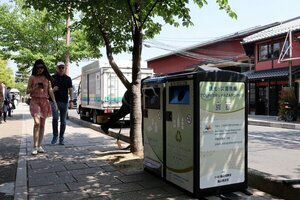Under the scorching sun, we toured the Suntory Natural Water Forest in the mountains of Mt. Tennozan. The Suntory Natural Water Forest is an area that cultivates groundwater for use at the Yamazaki Distillery (Shimamoto Town, Osaka Prefecture), and conducts surveys and conservation activities for flora and fauna in the development areas of Oyamazaki Town (Kyoto Prefecture) and Shimamoto Town.
The car drove on a forest road used for maintenance. From the car window, I could see a valley with a steep slope. Bamboo grows carelessly, some of which are broken and piled up. Sunlight doesn't reach and other plants don't seem to grow.
``Abandoned bamboo forests are a big problem even in Tennozan.There are bamboo fields that are no longer being taken care of, and areas that have spread from there,'' explains Ken Yamada (68), chief specialist at Natural Water Forest, based on research.
It is said that bamboo grows 3 meters of underground stems per year and reaches a height of 20 meters in 2 to 3 months. Although it grows quickly, the underground stem is shallow, and there is a risk of slope collapse.
Through activities in collaboration with researchers, he says that he has found a way to efficiently reduce bamboo in Honshu, excluding Kyushu. If cut at waist height in the dormant winter, the nutritious sap will flow out of the cut in the spring and die.
There was also an area in Tennozan where other young trees were growing around dead bamboo.
However, it is not a method that can be used everywhere. Reducing bamboo on steep slopes at once increases the risk of collapse. It has to be done in the right place and scope.
We arrived at the commemorative tree-planting area for the 100th anniversary of whisky, near the border between Kyoto and Osaka. To protect the saplings planted at the event in June, the area was surrounded by a fence that was taller than the area to prevent deer from entering.
Yamada emphasizes, "Young trees are good food for deer. In the Kansai region, deer feeding on them is a serious problem."
Deer voraciously devour all the plants within their reach. If the bamboo grass disappears, the warblers and robins that nest there will also disappear. It is also said to be a threat to animals and plants on Mt. Tennozan.
To stop the expansion of abandoned bamboo forests, we will plant seedlings of broad-leaved and deciduous trees that grow in the surrounding area. Protect the young trees from deer damage and allow them to grow. There was also a ``beetle forest creation'' event in which elementary school students planted trees.
While admiring the long-term efforts, the strong sunlight in the newly felled area made me sweat. Is it safe to make whiskey in the heat?
``I think climate change is obviously having an impact,'' says chief blender Shinji Fukuyo (62).
As a way to maintain quality, if it is hot and too much of the ingredients in the barrel appear in the unblended whiskey, it is possible to use old barrels or store it in a cool place.
On the other hand, there is also the idea that even if the average temperature rises by several degrees, it should be treated as a given environment and aim to make the best whiskey.
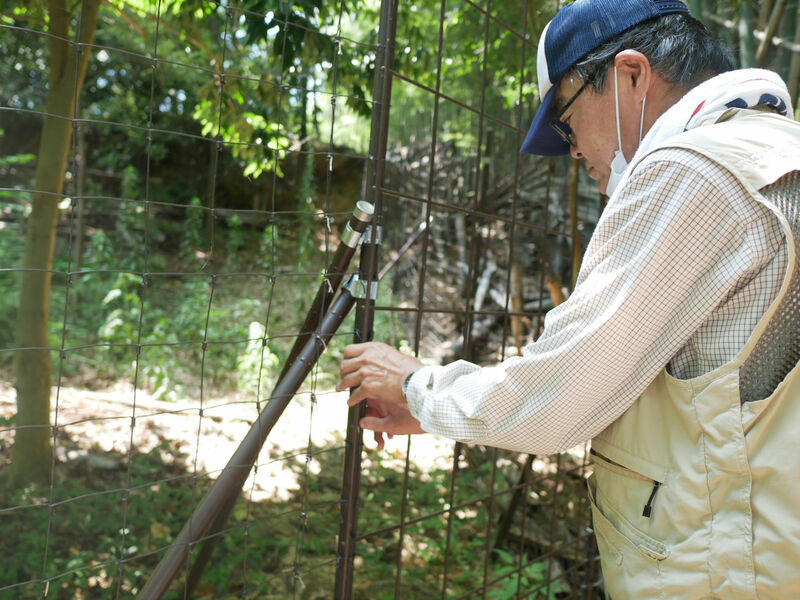
We take pride in working every day to create even more delicious whisky, based on our 100 years of technology and experience. "What will happen to the unprocessed sake distilled today in 50 years? It will definitely taste better than the current 50-year-old sake. I envy the people who will taste it in the future."
The work of protecting water sources and creating and growing delicious amber-colored sake will continue for the next 100 years. =The end
